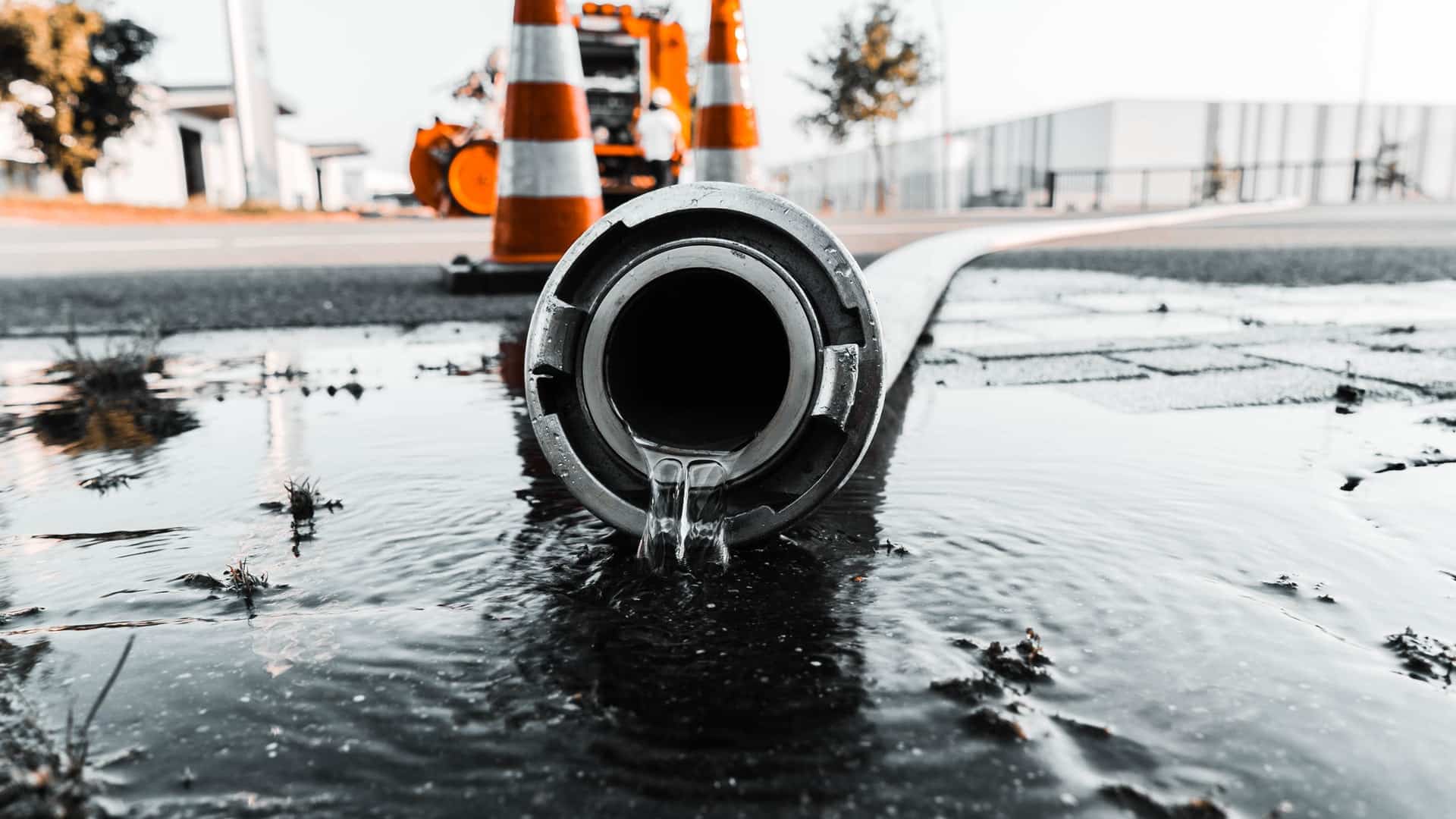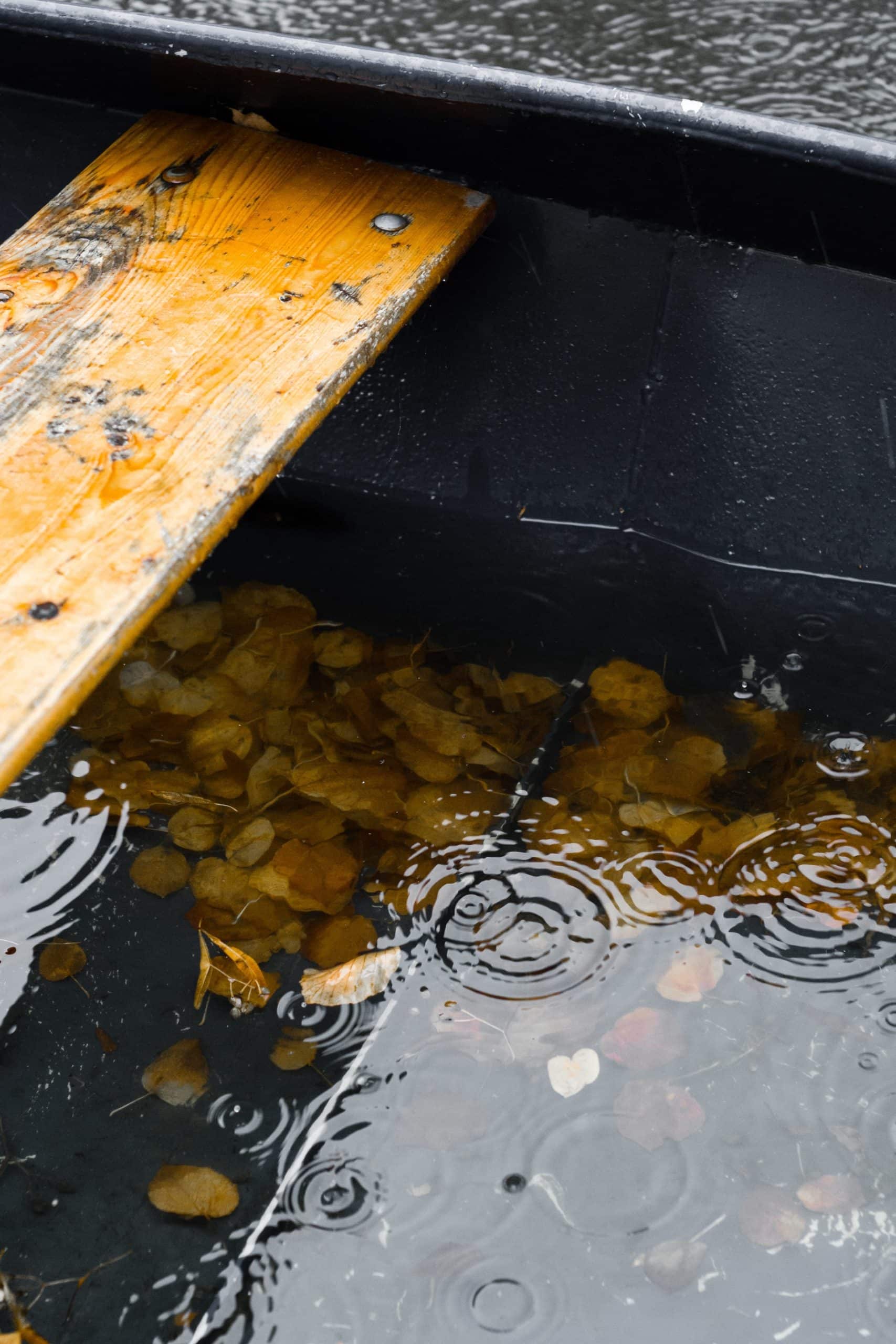Have you ever dealt with a water disaster? Whether minor or major, water damage can wreak havoc on your commercial undertakings. All is not lost, though; with immediate response, you can save the situation and get your commercial undertakings going.
Taking practical steps to deal with water damage can avoid secondary damages such as bacteria and mold growth. The first step that can significantly enhance the progress is enlisting a water removal service. As you endeavor to supercharge your preparedness, here is a quick rundown to help you understand water damage.
IMAGE: UNSPLASH
Water Damage Categories
There are three primary water damage categories;
- Category 1: This is characterized by water that is not contaminated with pathogens or debris. Also known as clean water damage, it usually results from breaks or leaks from a toilet tank, water line, faucet, or drinking faucet. Clean water damage can be addressed with ease if addressed immediately. However, it can develop into a bigger problem if left unattended, which is usually the case as it doesn’t initially seem significant.
- Category 2: Also referred to as grey-water damage, it is characterized by water with some substances that are uncomfortable to handle and could cause health problems if ingested. This damage results from water such as toilets (with urine but not feces), dishwashers, washing machines, and other used water sources. The water is uncomfortable to handle and could cause illnesses.
- Category 3: The category is also known as unsanitary or black water damage. It is characterized by unclean and contaminated water that can cause severe illness or even death. The damage results from concerns like stagnant water (optimum environment for bacteria growth), toilet water with feces, sewer backup, and floods, to mention a few.
Each category posses a set of risks and knowing what to look out for can help you deal with the situation better. Apart from the categories, knowing the damage extent is also essential. With a reliable water removal service, you won’t stress over such concerns. Nonetheless, knowing the classes can help you, such as while choosing the right water removal service following your situation. Here is a look at the primary water damage classes.
Class 1
Under this class, minimal damage is experienced and is characterized by minima water absorption and evaporation. The damage is concentrated on smaller parts of the property, and if the spread is extensive, there is minimal moisture absorption. You’ll also notice little to no wet carpets. Managing class 1 water damage isn’t that demanding, and with basic water removal skills, you can comfortably address the situation.
Class 2
The class is characterized by a large amount of water, including absorption and evaporation. Moisture is present in the property’s structural materials, with the water rising the walls, but less than 25 inches. The carpet and pads are wet, with the spread covering an entire room. Handling class 2 water removals is a lot demanding. It requires specialized tools and skills to ensure that moisture isn’t left after the removal, as it could cause secondary damage, including mold growth.
Class 3
This is characterized by the greatest amount of water, including evaporation and absorption. In most instances, the water comes from overhead, spreading across the whole room/area. The whole area is saturated from the walls, insulation, ceiling, carpets and pads, and subflooring. Dealing with class 3 water damage is overwhelming, with a range of safety concerns. Electrocution, collapse due to the affected structural integrity, and contaminants in the water, to mention a few concerns, makes the process daunting, necessitating experienced water removal service.
Class 4
This is the most extensive water damage that takes longer to remove, specialized tools, and strategic measures to handle. It is characterized by deep pockets of saturation, requiring specific humidity to handle.
Knowing the classes of water damage doesn’t seem necessary. However, while narrowing water removal services, it can help you land an ideal solution capable of handling the requirements. For instance, if the damage is extensive, you have to ensure that the water removal service is well-equipped, experienced in handling similar damages, and readily available to handle the situation to mitigate further losses. As you weigh a service’s suitability, their equipment is perhaps the most crucial consideration. Let’s look at some of the equipment necessary to handle water removal.
Detection Equipment
These include meters and sensors. Detection equipment is used to establish how wet an area is, informing the pros on the best strategies to employ in the restoration endeavors. From the floors, walls, ceiling, furniture, among other materials in the room, the detection equipment informs the professionals of the extent of the damages. The information is used to shape their course of action, such as drying or tearing them out as the situation demands.
Air Moving Equipment
These include dehumidifiers and fans. Water removal service does more than dealing with visible water; getting the area dry requires handling the moisture from the materials affected and the air. Fans are deployed to blow air across the area, forcing the water to evaporate. The dehumidifiers are then utilized to draw the water out of the air, draining it and ensuring that it doesn’t settle back in the area and materials therein, causing further damages.
Deodorization Equipment
The equipment is utilized to purify the air, and they include;
- Thermal foggers: the equipment uses solvent-based deodorizer, heated and turned into dry fog. The fog is blown into the area, clings to the odor molecules, and absorbs them, eliminating the bad smell. The measure is typically combined by cleaning, leaving the area sparkling and smelling fresh.
- Air scrubber: The equipment draws air from the area, pushes it through filters, removing contaminants. This purifies the air, riding it of particles, gases, and chemicals present.
- Foggers: The equipment deploys chemical that is turned into fog, aimed at eliminating odors. The chemicals could also be utilized to discourage mold growth and kill bacteria.
Other equipment that the water removal service might need is generators. Since the power supply could be affected by the water damage, bringing a generator to provide the required power facilitates a smooth water removal service. From lighting and powering the equipment, the generators can facilitate an effective water removal process without exposing the technicians to safety concerns such as electrocutions as they attempt to plug in the power line in the affected area.
Water damage is among the most common disasters every commercial undertaking should be prepared to deal with in the course of business. The disaster can arise from a range of causes, not just harsh weather such as food flushes. With the heavy traffic, toilets, and other water facilities, you can never be too prepared to handle water disasters. Understanding the categories and classes can help you devise a strategic approach to mitigate further losses as the pros gets to your commercial property.
Enlisting a water removal service is the most practical solution. However, having the above information at your fingertips can help you avoid lengthy and costly downtimes and massive losses. This is especially in situations involving disastrous situations, such as storms, that make it harder for your go-to water removal service to get to your property.
With strategic plans in place, you can collaborate with the pros and implement measures that slow down the water spread, ensuring that the damages don’t extend to levels that could necessitate costly and tedious water removal, such as knocking down walls. Therefore, keeping your employees informed and having a solid water disaster plan in the preparedness of an emergency can’t be stressed enough as you endeavor to maintain business continuity.
If you are interested in even more lifestyle-related articles and information from us here at Bit Rebels, then we have a lot to choose from.


COMMENTS